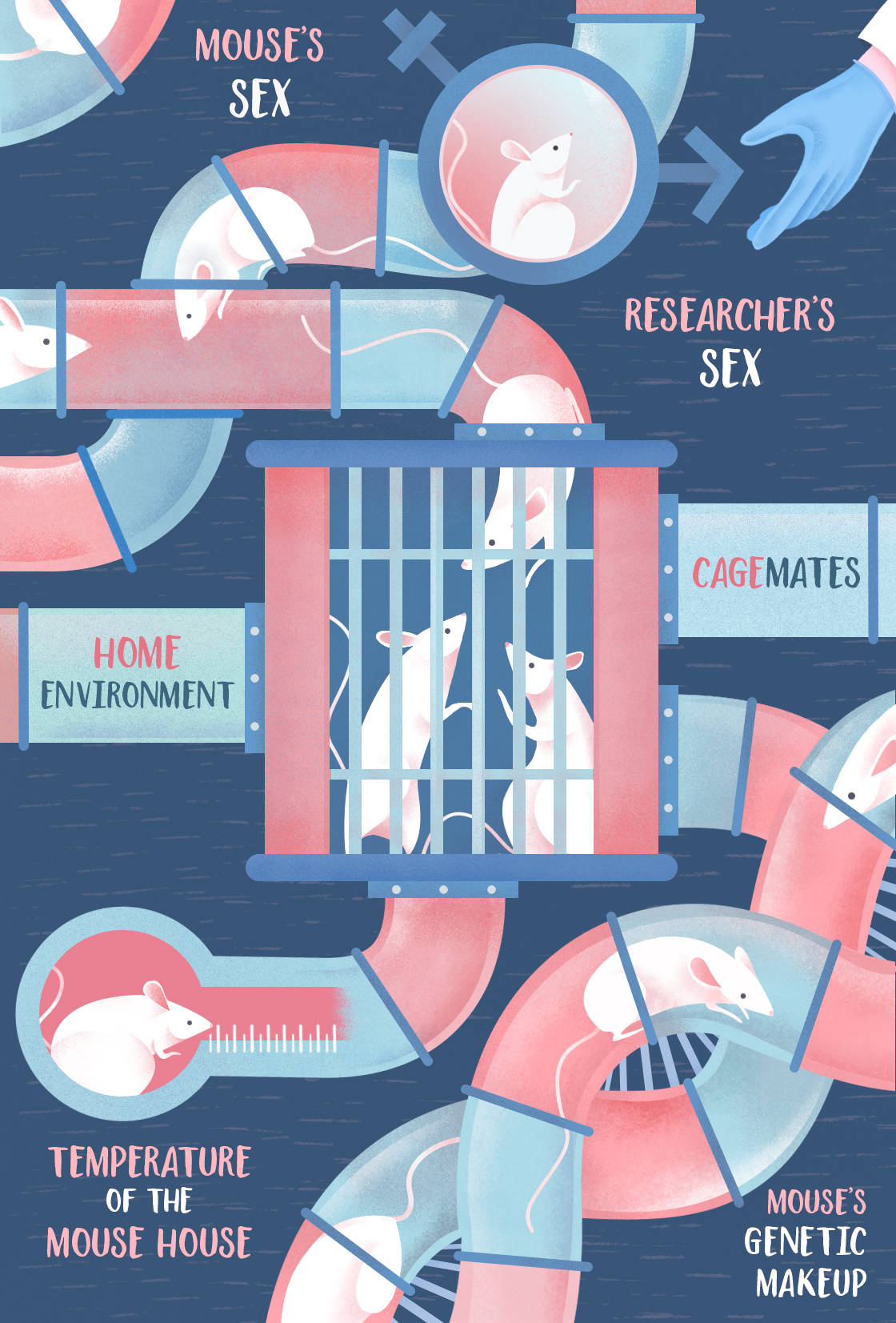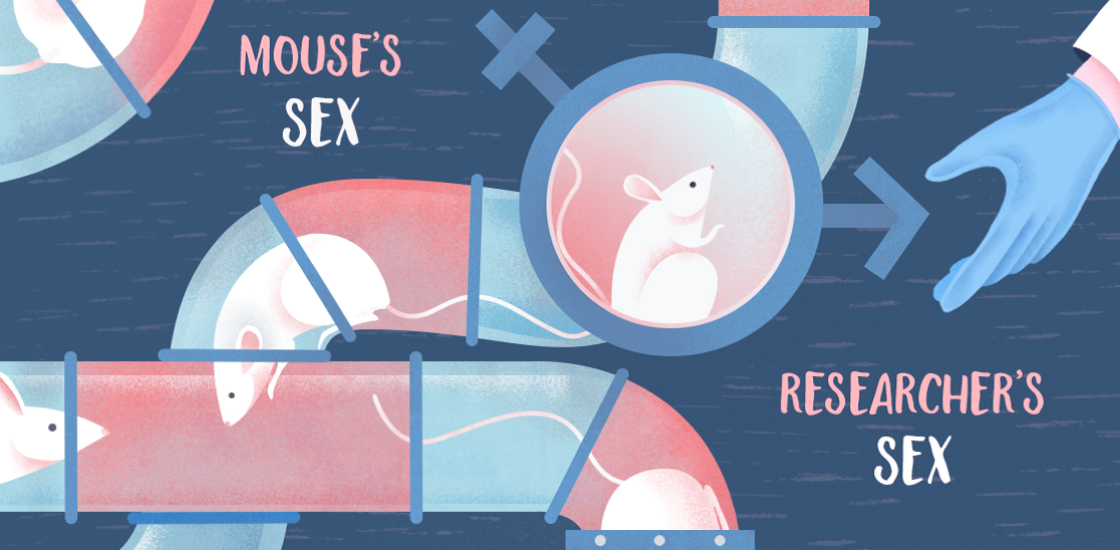THIS ARTICLE IS MORE THAN FIVE YEARS OLD
This article is more than five years old. Autism research — and science in general — is constantly evolving, so older articles may contain information or theories that have been reevaluated since their original publication date.
This year witnessed a familiar conversation — the hidden traps that trip up researchers when trying to ferret out autism-like behavior in mice. They can use animals that are genetically identical, for example, to minimize the variability in their experiments. Scientists can more easily control rodents than they can people.
But rodents, it turns out, hold their own surprises. For example, a rodent’s genetic background can alter the effects of a mutation in unexpected ways. A study published this year showed that a supposedly standard mouse strain harbors a mutation that affects the animal’s immune system.

Sex bias can also influence results. Researchers have long favored male mice because hormone fluctuations in females can complicate experiments. But that means they may miss out on understanding how conditions such as autism manifest differently in women than in men. For example, one study shows that only male mice missing a strip of genes linked to autism show problems with sleep.
The sex of the scientist may also matter: Male researchers may induce a stress response in mice that female researchers do not.
A rodent’s experience can also affect results. For instance, if a mouse navigates a water maze before running through other tests, the stress of the maze may skew its performance on the later tests.
Where and how a rodent lives also matters. They are most comfortable around 30 degrees Celsius. Temperature can influence mouse metabolism, but researchers often keep cages at about 26 degrees for their own comfort.
Cages that are too humid, bright or smelly can all affect the rodents. Toys and running wheels boost mouse brain development, and autism mutations show their power in these environments. And mice may perform better on certain tests if researchers leave them alone as much as possible.
Like people, mice also care whom they live with. An antisocial mouse may emerge from its shell for a social peer or if raised with two adult females. But control mice can bully mutant mice into staying mum.
The key is to be aware of these confounds and to tread gently before interpreting results. Remember: A solitary mouse may not have a social deficit. It may just have a headache.

By joining the discussion, you agree to our privacy policy.